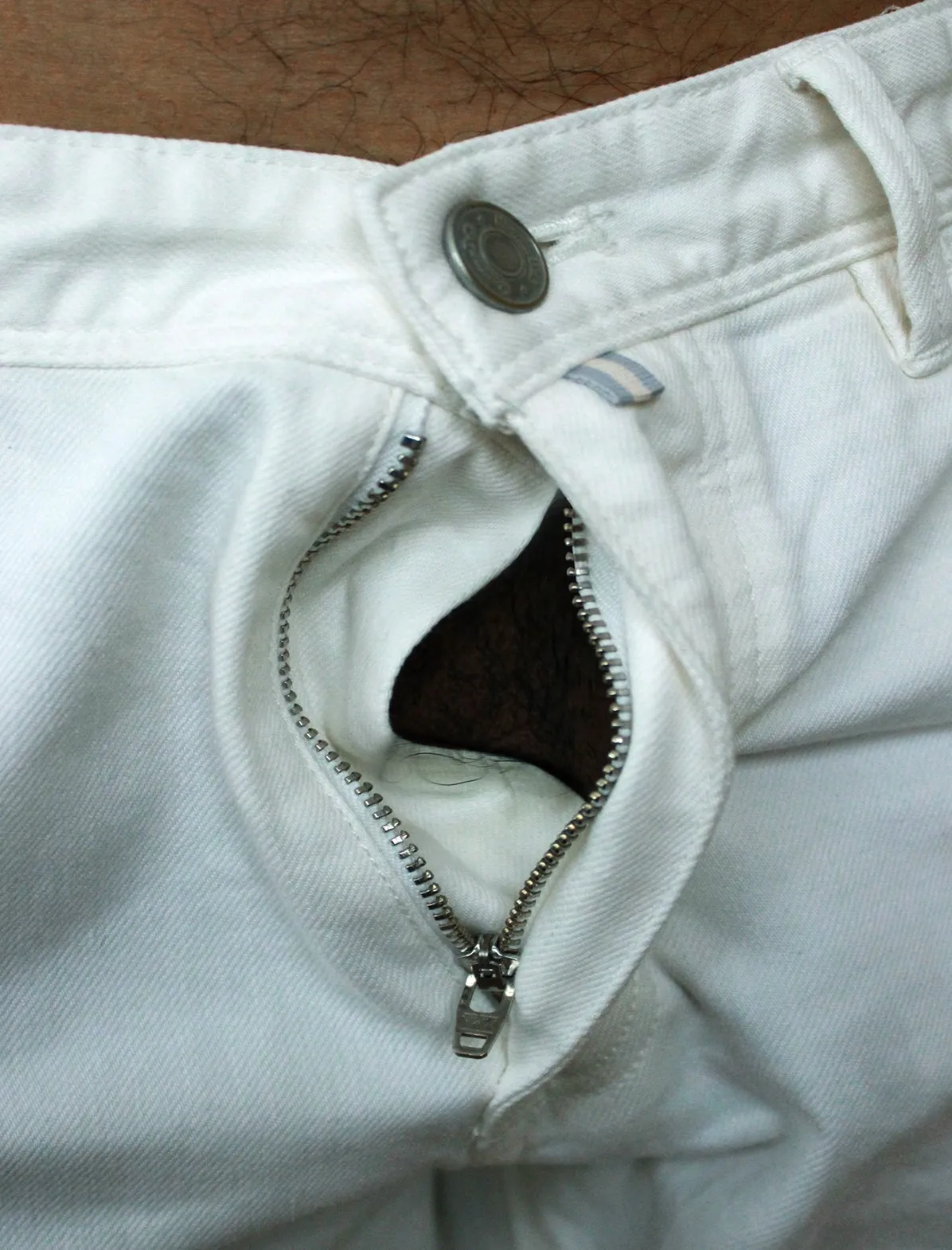Subscribe to get the latest on artists, exhibitions and more.
Elizabeth Neilson on Centrefold, World Class Art Collections and Curation

Could you tell me what your job entails, what do you love most about it?
My job entails caring for one of the most interesting art collections in the world, thinking about how to utilise the artworks as a resource for the public to see and how to support artists to develop their practices via the public programme we have created here in UK, but also in Finland and the USA.
Would you be able to tell me more about the Zabludowicz collection?
It is a private art collection with a public ethos. We try to support the professional development of early career artists by collecting and exhibiting art that engages with the big issues of our time – technology has been a big focus for us this past decade. We have a space in London where we make exhibitions connected to the collection. We currently have a show by Internet based, Shanghai born, Tokyo living artist LuYang that includes playable games and digital avatars. We aim not to compete with other art spaces in London and UK but to bring something else to the public that they might not be able to see elsewhere…physically at least anyway. Most of what we show is in some form available free of charge on the internet. Make of that what you will.

What are the most precious art works that you possess?
Every art work we have is precious, from the smallest silver gelatin print by Masao Yamamoto to the 300 part expansive installation by Keith Tyson, each one is cared for with the same care and attention.
How do you decide on acquisitions?
Looking, thinking, talking, intuition, cash flow, how well it fits into the collection…all these things play a part. Looking is the most important.
When did you first collect a Centrefold edition? How did you come across it?
I started working for the collection in 2006 and one of the first things I was asked to do was go and pick up our copies from Reza, he gave me the low-down as I had never heard of it before. I believe that the Collection (or rather Anita) found Reza Aramesh, Tina Spear and Centrefold via her engagement in the early career artists and galleries in London’s East End, perhaps from David Risley and Soraya Rodriguez who were setting up ZOO Art Fair around that time? That would make sense, she was very engaged with that.
You have collected every single edition of Centrefold. As it is a quite unusual medium, how did you see relevance and significance in the scrapbook?
We see it as creative artwork in its own right. It is also a snapshot view of a community and variety of practices at a specific moment. It is a curatorial project, artwork and inspirational object all at the same time.

What do you think about the new digital edition of Centrefold, are you familiar with all of the artists in this edition?
As usual we know probably half the artists, one reason we like it is that we expand our knowledge and view of the world via centrefolds’ careful yet intrepid curatorial consideration.
How would you describe centrefold to someone who doesn’t know anything about it?
A magazine of unique artworks by the most interesting artists of that moment.
Do you feel that the digital version kept the spirit of the physical art works?
I think its brilliantly moved the collage and materiality of the physical into the digital and is a faithful but not limited move into the digital world.
As a person who works on a significant collection, where do you see the future of art? How do you feel about collecting art on the blockchain? Why are so many museums still behind on this?
This is two questions… the first, where do I see the future of art: I see it in a multitude of places spaces and times, I feel it is fracturing to fill and accommodate all these at once. ‘Art’ is not one coherent ‘thing’, it is a diverse and local undertaking - digital networks, natives, and global capitalism push artists to attempt to be relevant to all people everywhere. At its core art is one person attempting to communicate with others outside of written language.
And for the second question: I do not know that museums are behind on blockchain. That is an assumption I haven’t made yet. Blockchain is not a new medium, it is a new form of archiving and recording ownership, not storing art but the rights and the financial contract. Museums are experts in archiving artworks, they do not on the surface of things concern themselves with the economic structures behind the art they look after.
Centrefold
Centrefold is a limited edition publication in Scrapbook format, with a print run of no more than 60 copies. Born in 2003 from a curatorial project titled ‘Wooden Hearts’, Centrefold is a low-tech cut-and-paste production, working directly on the pages of the book. Centrefold is a chance for collaboration between both established and emerging artists to create a unique and timely publication. For...
Elizabeth Neilson
Elizabeth Neilson is a curator based in London with a particular interest and specialism in nurturing emerging artists and their practices. Since 2006 she has been Director of the Zabludowicz Collection. Overseeing the strategy, acquisitions and commissions for one of the world’s most risk taking and ground-breaking contemporary art collections.
She is also co-director of Pangaea Sculptors...
